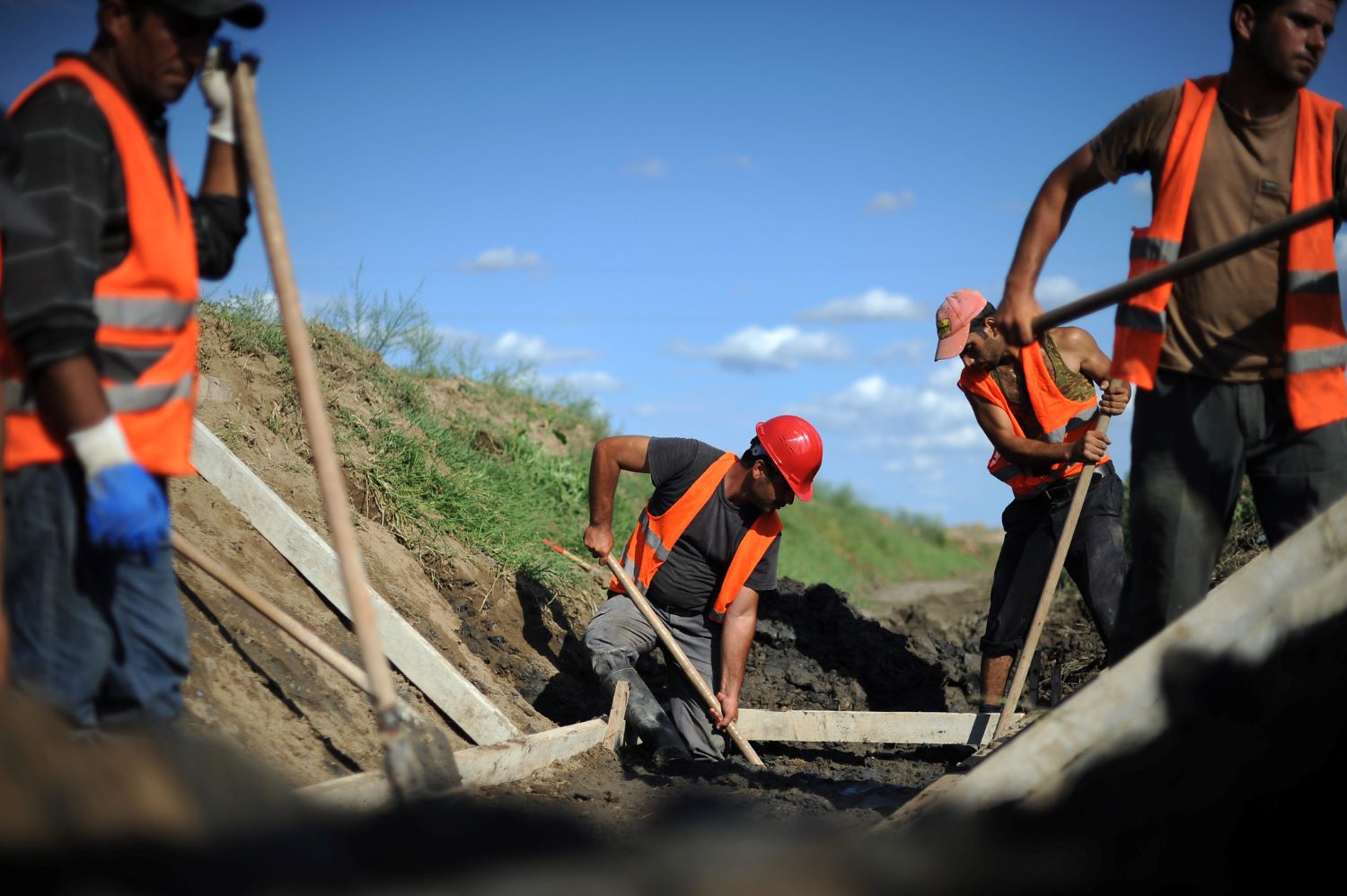Recommended

WORKING PAPERS
Contact:
Jeremy Gaines
jgaines@cgdev.org
+1-202-416-4058
WASHINGTON – The majority of the world’s wealthy countries will see their working-age populations shrink over the next forty years, with the potential to significantly slow economic growth, according to a new study released today by the Center for Global Development. Researchers found that countries facing a reduction in their working-age population size see growth rates about a percentage point lower growth compared to countries where the working-age population is stable or increasing.
The research examines the relationship between working-age population (those aged between 15 and 65 years old), and economic indicators such as GDP, government revenues and spending, participation in the labor force and investment returns. The authors employed regression analysis, drawing on data sources including the Penn World Tables, the IMF, UN World Population Prospects, and the Global Financial Database.
The authors warn that high-income and many upper-middle-income countries will enter a new and perilous stage over the next few decades. Previously, alarm bells have been raised about the working population growing more slowly than the elderly population (meaning the working population declined as a share of the overall total). Now though, the raw number of workers is shrinking.
“Everyone talks about the demographic transition, but we’ve really only seen step one: birth rates have dropped and the number of retirees has climbed. But most countries haven’t seen their working-age populations substantially shrink yet. In terms of a long-term decline in the number of working age people, we are entering territory we haven’t seen since the Black Death,” said Charles Kenny, the lead author of the study and a senior fellow at the Center for Global Development.
Key findings:
-
By the 2050s, the majority of the world's population will live in countries with a declining working-age population.
-
In the study’s projection, rich countries with shrinking working-age populations see growth that is between 0.9 and 1.3 percent slower than those with growing working-age populations.
-
Declining working-age populations may cause government revenue (from income tax and other sources) to shrink, which will create less space for public spending.
-
There is a risk that there simply won’t be the workers to fill existing jobs, and the capital associated with those businesses will simply become worthless. As such, investments won’t return as much. Researchers refer to this phenomena as “stranded capital.”
-
Migration is a vital part of the solution. As demographics change, this may facilitate a shift in public attitudes towards more open migration policies, particularly in Europe.
Kenny added:
"The demographic shift and the decline we are going to see in absolute numbers of working age populations in richer countries over the next three decades necessitates a reevaluation of their migration policies. It's not just about filling jobs; it's about sustaining economies and supporting an aging population."
The full report is available to read and download at: https://www.cgdev.org/publication/implications-declining-labor-force.
- ENDS -
About CGD: The Center for Global Development is a non-profit think tank that focuses on international development. CGD works to reduce global poverty and improve lives through innovative economic research that drives better policy and practice by the world's top decision makers.

